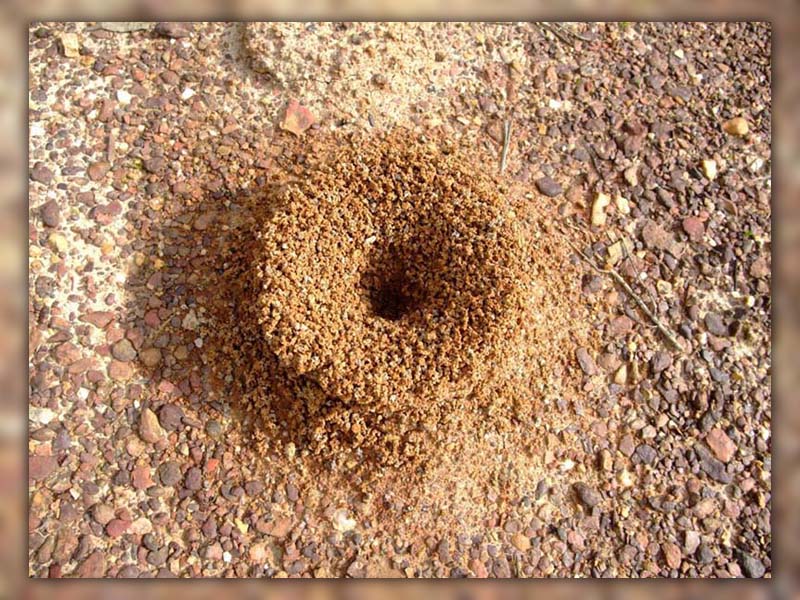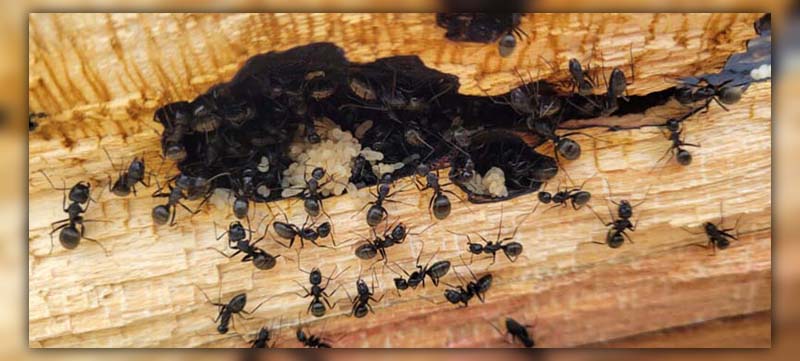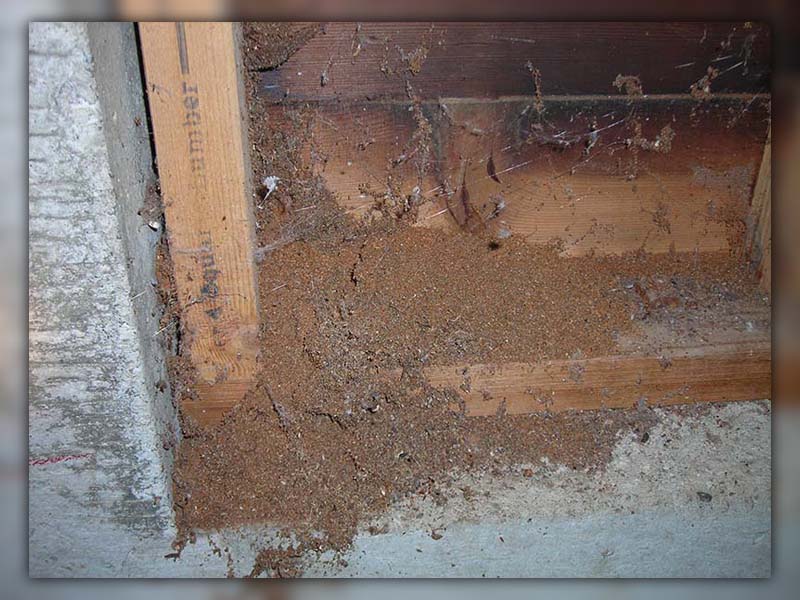Are you fascinated, and perhaps a bit frustrated, by the constant parade of ants marching through your home? Does the thought of an unseen “Ants Nest” lurking somewhere within your dwelling give you the creeps?
Well, dear reader, you’ve come to the right place! Welcome to an exciting journey into the unseen world of ants!
In this blog post, we will not only unveil the mystery of how an ant nest is built but also take you on a virtual tour inside these bustling micro-cities.
You’ll discover the various types of ant nests and how each is a marvel of nature’s architecture. Furthermore, we’ll help you identify signs of ants making your home theirs, offer tips to control them, and answer some frequently asked questions.
So, let’s embark on this enlightening expedition and help you reclaim your peace of mind.
How is an Ant Nest built?
Marvel at the architectural wonders that ants build. Using just their mandibles and the power of teamwork, ants construct intricate nests, transforming soil, leaves, or wood into extensive subterranean labyrinths or towering structures.

What happens inside an Ant Nest?
Inside an ant nest, there’s a complex society at work. The queen lays eggs while worker ants tend to the young, forage for food, and manage the nest’s construction and hygiene.
Communication through pheromones, specialized roles in defense, food processing, and waste management, and maintaining the right temperature and humidity are vital to the colony’s function.
Some nests may even host symbiotic relationships with other organisms.
Common types of ant nests?
Ant nests are as diverse as the species that build them. Here are some common types that you might stumble upon in your backyard or inside your home.
Wood nesting ants
The wood-nesting ants are nature’s little carpenters. They build their nests inside wood, often fallen logs or tree stumps, creating a system of galleries and tunnels.
Opportunists ants’ nests
Opportunists ants are the nomads of the ant world. They don’t dig or chew; instead, they find pre-existing crevices or abandoned burrows and make them their home.
Simple ants’ nests
The simple ant nest is the embodiment of minimalism. They usually consist of basic tunnel systems dug into the ground, perfect for small colonies starting their journey.
Complex ants nests
For the love of complex ant nests! These are intricate structures with multiple chambers, tunnels, and sometimes, fungus gardens. Yes, you heard it right!
Carpenter Ants nest
Carpenter ants, the notorious household pests, nest in moist wood. They don’t eat the wood like termites, but they tunnel and nest within, causing structural damage.
Opportunistic Nesters can be challenging to control
The opportunistic nesters, with their nomadic tendencies and less-specific habitat requirements, can be tricky to manage. They can adapt swiftly, occupying a variety of environments, which might include your home!
Budding Colony of Ants
‘Budding’ is a phenomenon where a part of an ant colony, along with a queen, branches out to start a new colony. This multiplication can make it seem like ants are popping up from everywhere.
How many Ants are there in a Nest?
Ever wondered about the population of an ant nest? The numbers can vary from a few dozen in a young colony to millions in mature, complex nests.
For example, in the nests of common black garden ants, the population might range from a few hundred to several thousand.
Depending on the species, an average ant colony can contain anywhere from 20,000 to 100,000 ants
Signs of ants in the house
Tiny piles of sawdust, a trail of ants, or the hollow sound of damaged wood, these are potential signs of ants nesting in your house.
Common areas in your home where Ants can Nest
Ants can nest in multiple areas around your home, from the cracks in walls and foundations, to behind kitchen cabinets, or even within insulation.
FAQs
Let’s address some commonly asked questions about ant nests.
Where do ants usually build their nests?
Ants can build their nests anywhere – underground, in trees, in cracks, inside or outside your home. The location mainly depends on the species and their specific nesting requirements.
What materials do ants use to construct their nests?
Ants use a variety of materials to build their nests, including soil, leaves, wood, and even their saliva! These tiny builders adapt to use whatever resources are available around them.
Can nest of ants inside homes?
Indeed, they can! Certain species, like carpenter ants and pharaoh ants, are known to nest inside homes, often within woodwork, walls, or insulation.
Remember, understanding ants is the first step to managing them effectively. Keep exploring and stay informed!
We hope this journey through the world of “Ants Nest” has been enlightening! For more incredible insights into the world of pests, check out our other blogs on Pestweek.
Now, why keep this newfound knowledge to yourself? Share this blog with your loved ones and help them stay informed and pest-free!

Calina Mabel has over 15 years of experience in the field of journalism and communications. Currently, Calina Mabel is the Content Writer for categories such as Cockroach, Ants, Bed Bugs, Mosquito, Rodent, Termite, and Flies on Pestweek.com. She aims to build content for these categories with a focus on providing valuable and accessible information to readers, in order to create the world’s largest knowledge community about Pests.
All content written by Calina Mabel has been reviewed by Emily Carter.



